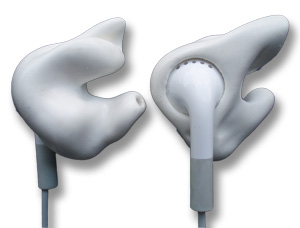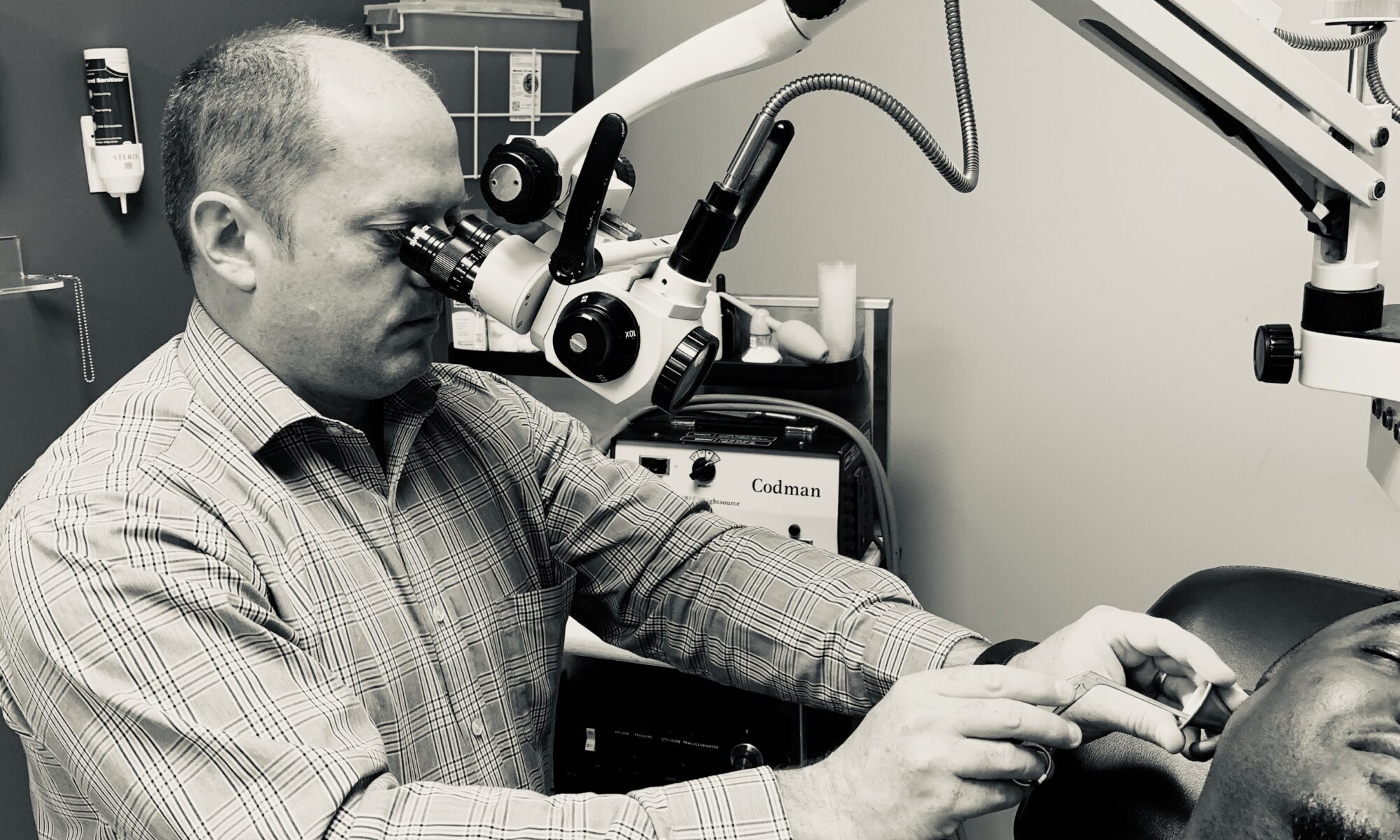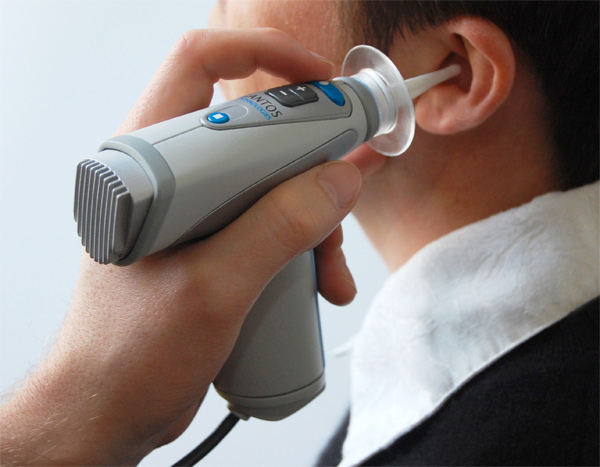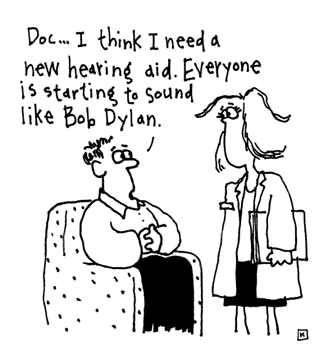Tinnitus is a ringing in the ears that can be a symptom of several conditions of the ear. These conditions can include can include simple temporary issues like infections and ear wax, or may be related to inner ear or nerve damage that is permanent. Tens of millions of Americans experience tinnitus, most of which are only minimally bothered. However about 1 in 4 patients are bothered enough by tinnitus that it can impact social interactions, sleep, and cause mood disturbance. Tinnitus can be a strong trigger for depression and anxiety, and leads to reduced quality of life.
Tinnitus is a noise only experienced by the patient – we have no definitive test for tinnitus. The perceived noise is generated in deep within the brain’s auditory centers. Typically tinnitus goes hand-in-hand with sensory hearing loss, but not always!
Our principles of tinnitus treatment include first improving any hearing loss, evaluating for concurrent musculoskeletal and psychological conditions, and finally considering Tinnitus Retraining Therapy (TRT). If tinnitus is severe enough you may be recommended to get a medical evaluation by one of our specialized physicians (Otolaryngologists) as well.
TRT is a process that uses hearing devices to transmit a controlled and modulated noise back to the auditory system in order to promote long-term suppression within the brain’s auditory centers. This uses principles of neural plasticity in the neural pathways. The character of the modulated sound is programmed in part by the patient, and is then transformed by complex mathematical algorithms based on decades of hearing research.
In the past some providers have treated tinnitus essentially like a pure psychological illness, offering expensive “talk therapy” and specialized two week away-from-home courses (“tinnitus camp”). This older treatment helped a few patients but for most they simply were expensive and further worsened the stigma of tinnitus as a patient-caused problem.
Our philosophy is much more practical and useful to the majority of patients with bothersome tinnitus. No away-from-home course is needed, and we don’t even own a talking couch! We have a number of affordable devices backed by peer-reviewed science that alleviate tinnitus by using technology to direct neural plasticity.






